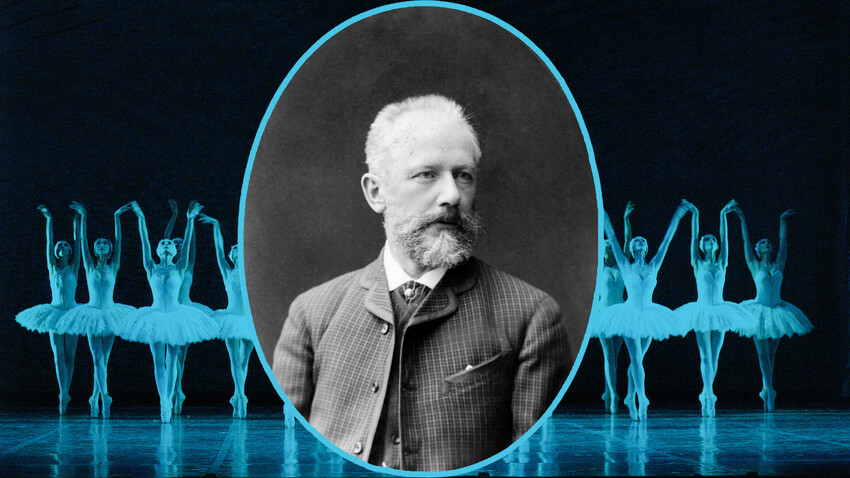
This 1876 ballet is famous for the contradiction of White Swan Odette and Black Swan Odile. One of the most famous melodies from the ballet is Allegro moderato from Act 2, which has an unofficial title – ‘Dance of the Little Swans’.
This ballet with the best Christmas vibes is rich with great and world famous melodies. One of the most recognizable is probably ‘pas de deux’ from Act 2.
Another incredibly popular melody from Act 2 that Tchaikovsky himself allegedly had a lot of fun composing!
This dance music from Act 3 became one of the most famous melodies that can be heard at balls and official ceremonies.
Great symphonic work was composed in 1874-1875 and was first performed in Boston in 1875 by soloist Hans von Bülow, with an orchestra conducted by Benjamin Johnson Lang. And you may also have heard this melody when Russian athletes received their medals at the 2020 Summer Olympics in Tokyo.
Dear readers,
Our website and social media accounts are under threat of being restricted or banned, due to the current circumstances. So, to keep up with our latest content, simply do the following:
If using any of Russia Beyond's content, partly or in full, always provide an active hyperlink to the original material.
Subscribe
to our newsletter!
Get the week's best stories straight to your inbox